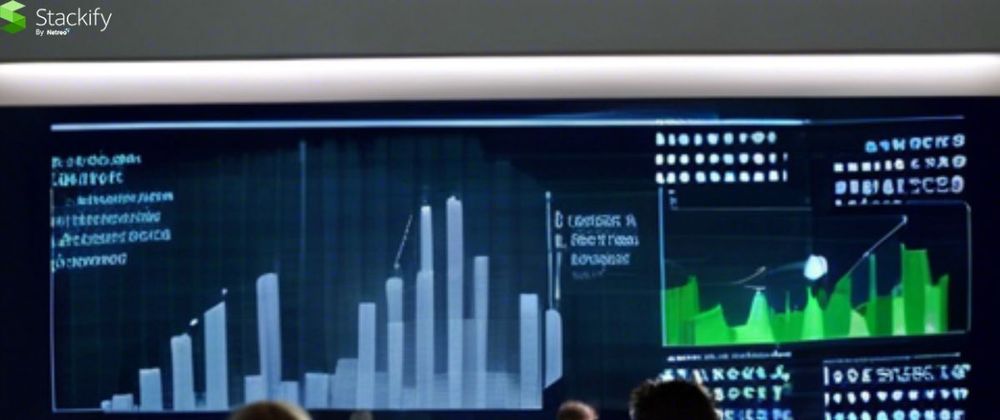Achieving continuous applications performance is the key to thriving in the succeeding digital era. The instances of unhappy users and lost returns were some of the visible signs of slow speeed apps. This guide delves into four key concepts that empower effective performance monitoring and management and clearly distinguish sla slo sli:
Service Level Objectives (SLOs): Targeting those variables which help evaluate the performance.
Service Level Agreements (SLAs): Signed agreements that state predicted results.
Service Level Indicators (SLIs): The metrics used b to gauge SLO fulfillment.
Distributed Tracing System: Describing the complex process of request was a great part of using the application.
By virtue of knowing the basics of them and how they are used, you'll be able to extract some useful information out of your app, to understand how it works, to discover any potential bottlenecks and then deliver a great one that is fast and easy to navigate.
Setting the Performance Bar: Remark: Service Level Objectives (SLOs)
What are SLOs?
SLOs are SMART targets that are used in measure the stipulated performance of a service. These end goals help the monitoring efforts to be a standard for assessment of achievement. Consider an e-commerce website that targets routinely 99.9% availability (uptime). This transforms to a maximum shelf downtime constraint of 0.1% in the a given period(eg, a month).
Benefits of Defining SLOs:
Clear Goals: Service level objective assist you give the interpretation as to what figure of acceptable performance could be defined for the app.
Improved Communication: They play a role of the bridge between development, operations, and business leaders, mutually understanding their mission and purpose.
Proactive Problem Detection: Such monitoring for SLO violations acts as a proactive measure for identification of performance issues, consequently ensuring that they do not significantly affect the users before the problems are addressed.
How to Define SLOs:
Identify Critical Services: Focus on those features which are important for end-user experience or core business goals (for instance payment process in e-commerce store).
Define Measurable Metrics: Determine the metrics which are appropriate for showing the service performance index, whether it is response time, availability, or error rate.
Set Realistic Targets: Develop an initial benchmark based on past data, user tastes and industry indicators.
Examples of SLO:
Service: Product page loading.
Metric: Average response time
Target: 95% of Page loads should be Completed Under 2 seconds.
Understanding Agreements: Service Level Agreements (SLA) indicate the relationship with the client so that they will be getting the agreed levels of services.
What are SLAs?
SLAs are binding contract between service providers and customers, which indicate the minimum service standards, which the two parties have to adhere to. These agreements consist of specified SLOs (includes the stipulated consequences) and non-achievement of the laid-down goals of SMART. With others, service level agreements may specify fines or credits for failure to meet SLAs. Tags: Language, Engineering, Technology
The Relationship Between SLOs and SLAs:
Objectives in SLOs stand with KPI – key performance indicator that need to be considered.
SLAs as explicit contacts with customers/stakeholders reflect what organization is ready to deliver.
SLAs often just point to the SLOs that have been already established, but they could also incorporate additional terms, like the ones referring to payments for downtime.
Why Consider SLAs?
Enhanced Credibility: Formal SLA’s are effective way of showing the seriousnessness on your part in regard to the reliability of the services you offer.
Improved Customer Satisfaction: The establishment of clearly defined product performance standards meets the needs for a good client service.
Contractual Framework: SLAs can be where the actions or consequences for non-compliance to a remedy for bad performance are laid and are known upfront.
Measuring Performance: Service Level Indicators (SLIs)
What are SLIs?
SLIs are measurement of success used to ensure SLIs and SLOs are being met with any new update. They represents the data lines of indication that indicate if your application is able to achieve/reach the desired performance objectives.
Choosing the Right SLIs:
Relevance: Check the SLO that complies with the SLO you are pressing forward.
Measurability: The SLI have to be tracked down on time and a process for data transformation has to be provided that can support the decision-making process.
Actionability: SLI data must be your guiding light for spotting out the performance holes and bring them to the forefront.
Common SLIs:
Availability: Percentage of utilization of the service can be done in the given service by operators.
Latency: The time taken to command is one of the measures.
Throughput: Throughput of service means instances of a requests falling into a definite period of time.
Error Rate: Percentage of errors having processed requests.
Example:
If your SLO is for 99.9% uptime of your e-commerce website this will translate to the SLO with the name of "availability". Your tool for monitoring could check for downtime of a website and calculate uptime percentage for a given time interval. These SLI data points at no doubt whether you are complying with your SLO or not. As a response, you can take the needed actions if you are not.
Unveiling the Application Journey: Distributed Traces Utilization
What Is a Distributed Tracing Systems?
In the world of microservices architecture where application is a combination of numerous independent services collaborating with each other, the challenge of identifying the cause(s) of performance bottleneck may be difficult and require more resources.This is where Distributed tracing systemcomes handy.



Top comments (0)